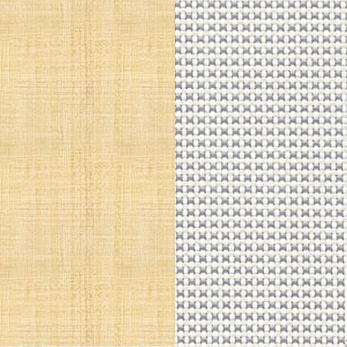
Without screen printing, we couldn’t do what we do here at Sharprint. There are lots of ways to produce an image on a shirt. There are digital options, there is a long history of using relief printing, I’ve even seen etchings printed on a shirt and of course I guess we could sit around painting on them, but nothing is more versatile, efficient or effective as the screen print.I studied printmaking in college and would often see very old prints on paper made from etching, before that there was engraving, earlier than that there were woodcuts and way way back, there were rubbings. Screen printing is often seen as one of the (relatively) new print medias in printmaking circles. Screen printing in art and popular culture really didn’t take off until the 1960’s, but what is surprising is that it’s origins actually began much further back than any other print media.
Screen prints are simply stencils that are held in a static and planar position by a sheet of porous material. Our modern incarnation was first patented by an Englishman named Samuel Simon in 1907. There are examples of stencils held together by strands of silk dating back to China’s Song Dynasty (960-1279 AD). This is generally cited as the earliest incarnation. However, there is a process in which a design is duplicated by forcing pigment through holes made in a piece of papyrus with a brush in Egypt as early as 2300 BC.
The process we practice here at Sharprint to make awesome new shirt designs might use computers running at gigahertz and huge machines running on kilowatts but, in essence, it is the oldest form of making images in multiple. The essential differences are plastisol inks instead of organic powder and nylon mesh instead of paper. We’ve only made improvements on the ancient Egyptians’ method of forcing pigment through holes.











-1.png?width=280&name=Sharprint%20Decorated%20Apparel%20Logo%20(40%20KB)-1.png)